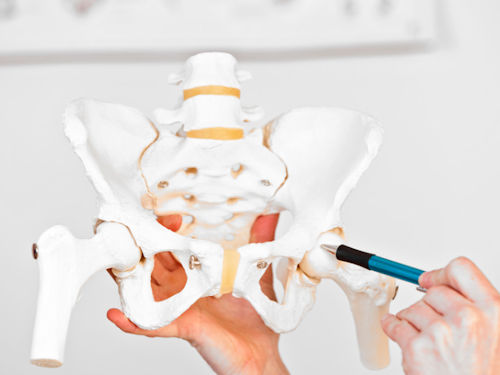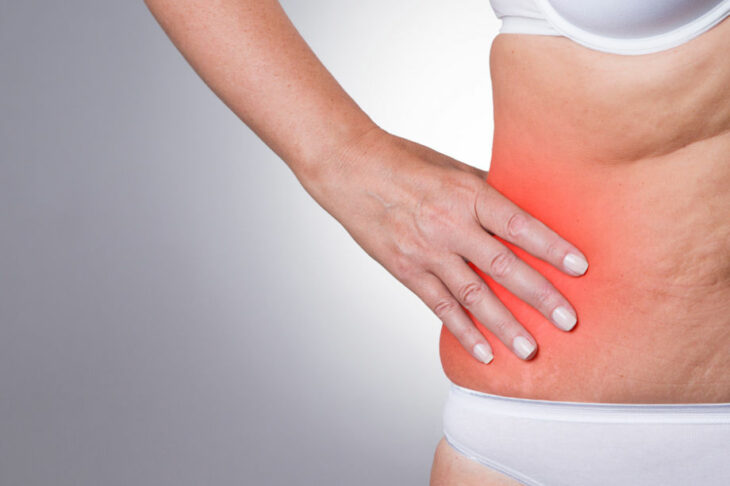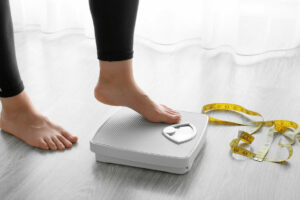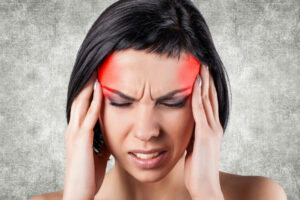Quick Summary
Hip pain, prevalent in Australia, can range from mild discomfort to severe impairment, affecting daily activities like walking or standing. The hip, the body’s largest ball and socket joint, handles substantial pressure, making it prone to wear and tear or injury. Causes of hip pain include arthritis, bursitis, fractures, overuse, and tight muscles, each contributing to inflammation and discomfort. Symptoms to watch for include sleep difficulties, groin pain, reduced motion range, and difficulty bearing weight. Diagnosis involves a healthcare professional’s assessment and possibly scans like X-rays or MRIs. Treatment varies from massages and physical exercises for mild cases to medication and possibly surgery for more severe conditions. Natural treatments like acupuncture also offer effective pain management by enhancing circulation and reducing inflammation.
Like a lot of other major joint pains, Hip Pain is quite common in Australia and most of us will experience some form of discomfort or pain in our hips throughout our lives. Hip pain can occur suddenly or slowly and can range from being mild in pain or severely debilitating which commonly can cause discomfort in other parts of the body such as our lower back or legs. Debilitating pain like this can lead to issues with daily living impacting the ability to walk, bend or even stand for prolonged periods of time.
Structure Of The Hip

Did you know the Hip is the largest ball and socket joint in the body? AND is capable to withstand large huge amounts of pressure. Think of the load our hips bear day to day and the pressure they absorb, triple that if we were to carry a child, heavy object or when a woman is pregnant.
The hip consists of the ball end of the femur inserted into the socket of the pelvis. Whenever the hips are in motion the cartilage within the socket of the pelvis and ball of the femur provides a cushioning effect to help prevent bone-to-bone friction. To further assist with the smooth movement of the leg, a special fluid called synovial fluid lubricates the joint whilst providing nutrients to keep the joints supple and healthy.
Although the hips are structurally strong due to their composition of a ball and deep bony socket, it does have a limit on how much load they can handle before degenerating. Over time with use, the cartilage becomes thinner and worn down or may even become damaged. As well as this, trauma to the area or just simple wear and tear along with age can cause all sorts of hip pain.
Different Causes of Hip Pain
Hip pain can occur at any age and may occur due to all sorts of varying reasons. Below is a list of health complaints that may lead to pain and discomfort in the hips.
Arthritis
Common types such as osteoarthritis or rheumatoid arthritis in the hips can often be diagnosed within the ageing population. This condition causes the structures of the hip to rub against each other creating friction eventually leading to wear and tear. Other accompanying symptoms of arthritis are a reduced range of motion and stiffness.
Bursitis
Bursitis is the redness and swelling of the bursal sack that can be found in between joints like the shoulder, elbows, hips, knees and ankles just to name a few. The role of a bursa is to reduce friction between muscles, ligaments, sinews and tendons during activities such as general walking or bowling in a cricket match. When the bursa is inflamed, usually due to repetitive movements, the surrounding structures can “catch” causing a sharp stabbing sensation.
Fractures
A break of the bone can cause debilitating pain. With age, the density of the bones within the body decrease causing the supporting structure such as the hips to become more susceptible to injury. It is important to maintain a healthy diet to help support the bones, alternatively, weight-bearing exercises also helps increase the density of bones.
Overwork
Overusing the hips can lead to a variety of issues such as Tendonitis, muscle or tendon strain, and bursitis. When any of the muscles within the body are pushed beyond the limit, the fibres start to strain and become inflamed, making them highly prone to injury.
Tight muscles
Training too often without performing the other half (Stretching), can start to cause the muscles to tighten, especially in athletes that train vigorously throughout the week or tradespeople involved in significant physical labour on a regular basis. Tight muscles may pull on the structures of the hips causing irritability and discomfort in the local area.
Signs and symptoms
Discomfort may vary with the severity of the condition affecting the hip. What to look out for when experiencing hip pain:
- Difficulty sleeping on the side with pain travelling down the leg
- Pain in the groin region
- Reduced range of motion
- Local joint pain
- Difficulty bearing weight

Diagnosing Hip Pain
When experiencing hip pain there is a procedure to help diagnose the issue- to determine what is causing the hip pain!
When seeing a healthcare professional to resolve your hip pain, they will ask specific questions to understand the history of the discomfort. This is followed by a physical examination such as assessing the posture, back, glutes and surrounding areas of the hip in order to determine any abnormalities that may be causing irritation to the joint. The healthcare professional may also ask you to perform specific movements to determine where the source of pain is coming from and rule out other areas that could contribute to the pain experienced.
Observation of the gait (the way we walk) provides some useful information that could be affecting the hips. For a more detailed diagnosis, a healthcare professional may ask for a scan (X-ray, MRI, ultrasound) of the area to have a better understanding of hip pain.
The Prognosis of Hip Pain
Hip pain does not have to last forever. After understanding the overall situation, the issue may become much more manageable. For a mild condition or acute strain of the surrounding tissues, the hip can recover within a couple of weeks and even faster with treatment.
For moderate to severe hip pain, the issue will continue to worsen if professional help has not been actioned. Talk to your local general practitioner or a healthcare professional.

Treatment Options for Hip Pain
Hip pain is often confused with pain radiating from other parts of the body such as the back. It is important to find the cause of hip pain to be able to manage the situation. Treatment of hip pain can vary depending on the severity and nature of the hip pain.
For general aches that catch every now and then, gentle massage followed by specific exercises are a great way to free up tension of the hips along with strengthening the weak muscles. Additionally, over the counter medications such as anti-inflammatories are a great way to quickly settle any inflammation that may be aggravated by movement. For stronger anti-inflammatory medication, it may be worthwhile seeing a general practitioner or healthcare professional trained in treating these health complaints.
For moderate hip issues that constantly provide discomfort, seeing a healthcare professional can assist in the healing process through the use of manual therapy, acupuncture, and cupping. Alternatively, over the counter medication may be prescribed by a local GP to help sort out moderate hip problems.
For severe cases where bearing weight may cause significant pain, doctors may refer you to a specialist where options such as surgery or a steroidal injection may be recommended.
Natural Treatment Options for Hip Pain
As has been discussed so far, the causes of hip pain are wide and varied, sometimes what looks like hip pain can even be a back or thigh injury with pain radiating to the hip!
With this in mind, in order to receive a best-practice treatment, it is vital to understand the cause of hip pain. Once this is achieved, there are a range of natural, drug-free treatment options that your healthcare professional may utilise to ensure your hip pain is managed effectively. These drug-free treatment options may include:
Massage
Massage is a fantastic treatment method to promote fluid and blood movement throughout the area, which in turn helps with nourishing the muscle, tendons and ligaments. When massage therapy penetrates deep into the muscular tissue, it assists in stretching out the “knots” or tension that has been created through repetitive work or strain. Having regular massage can be a great way to help with hip tightness in combination with stretching. Working on the muscles surrounding the hip can help ease the pressure surrounding the hip to reduce pain and restore range of motion.
Acupuncture for Hip Pain
Acupuncture for pain management has been practised all around the world.
When dealing with hip pain it is no different. Needles are placed at specific locations throughout the body, which causes a chain reaction; sending messages to the brain and a change in local tissues to initiate the healing process.
Acupuncture is a powerful technique in comparison to other natural therapies as it can release the deep muscular tension that are difficult to reach with other therapies like massage. It can also be used to stimulate synovial fluid production within the hip joint and in this way is a powerful treatment option for causes of hip pain such as arthritis.
Typically, hip pain will initially decrease and with subsequent treatments, inflammation will decrease leading to more prolonged results and stabilisation of symptoms. Combined with the right exercises the hip will improve in function and mobility.
Want to know more?
If you would like to know more about how we can help with hip pain you can contact our team here or make a booking.





